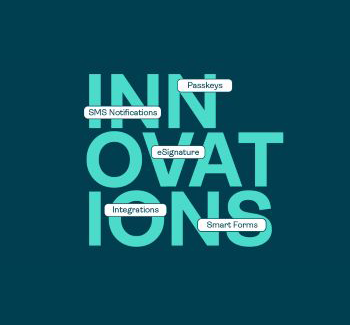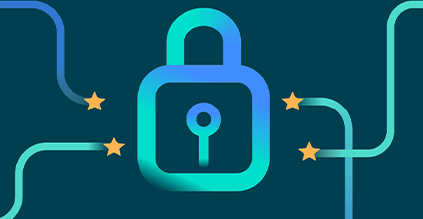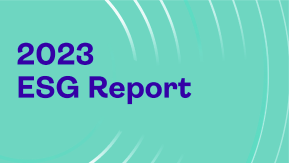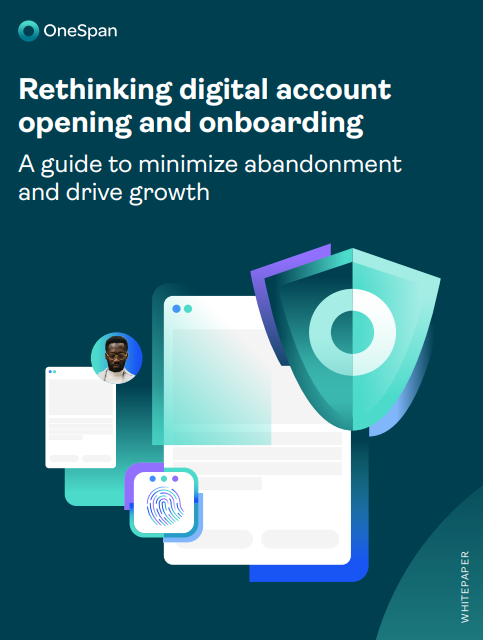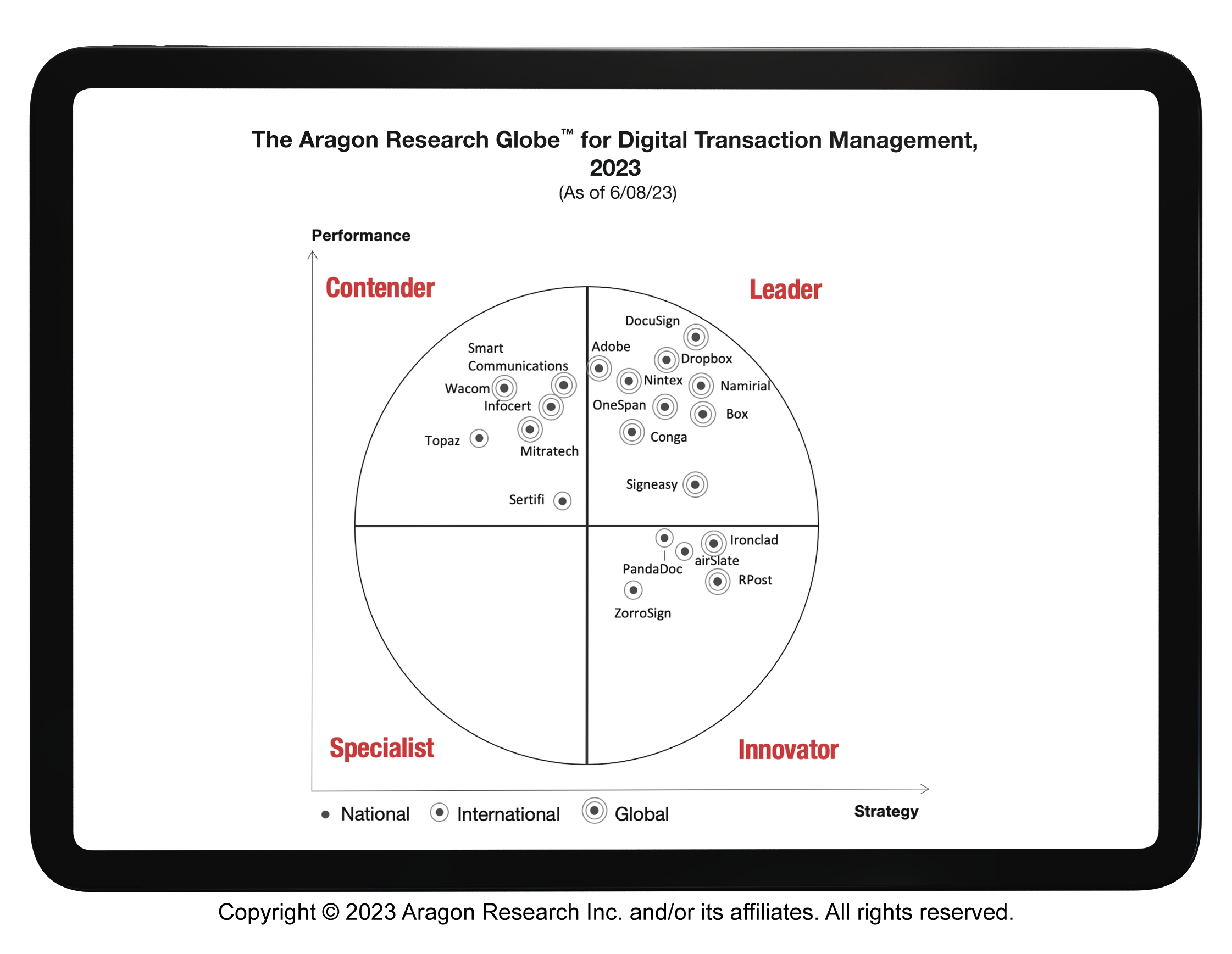Checklist: What to know about digital identity verification
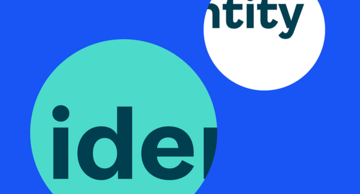
Highly regulated industries like finance, insurance, and healthcare must balance the desire for efficient digital experiences for customers with compliance and security.
These industries have accelerated digitization efforts in the last few years. As fraud attempts become more sophisticated, it’s particularly important to verify identity in digital agreement processes with customers, whether it’s a business that needs a loan, an individual buying home or auto insurance, or onboarding healthcare providers.
While some organizations can support these processes remotely, many are left exposed because they lack the digital identity capabilities needed to do so.
So, where do you start? In this blog, we’ll cover the best ways to get started with digital identity verification in your organization.
Understanding the role of identity verification in your organization
Identity verification is the important process of ensuring that a person is who they claim to be. Organizations of all types – including financial services, insurance, healthcare, and government – leverage identity verification and authentication to provide access to their services, help mitigate fraud, and maintain compliance with regulations.
Digital identity verification can be achieved using a variety of technology tools – from document verification (scanning a government-issued ID document to determine if it is legitimate), to facial biometrics, one-time passcodes, and more.
Some common scenarios for deploying digital identity verification include:
- Digital account opening: A new customer wants to open an account remotely, such as a checking or savings account, or apply for a loan.
- Account maintenance: An existing customer wants to make changes to an account, such as changing their address, adding a spouse or child to an account, or designating a new beneficiary.
- Additional product offerings: An existing customer wants to apply for an additional product, such as financing, a loan, or a new insurance policy.
Financial institutions in particular must follow strict procedures to verify the customer’s identity when onboarding new accounts to comply with Know Your Customer (KYC) and Anti-Money Laundering (AML) requirements. While requirements vary per country, the process typically involves verifying the authenticity of an identity document such as a passport, ID card, or driver’s license.
Traditionally, a customer would walk into a bank branch with their identity documents, and a bank employee would verify those documents and make photocopies. But customer behaviors are shifting to digital-first interactions. This requires rethinking the entire account opening and onboarding process.
With an increasing number of applicants resistant to visiting a bank branch in person, digital identity verification has become a key requirement for remote account opening and onboarding procedures.
Selecting the appropriate identity verification solution
There are numerous identity verification solutions on the market today to match growing demand from businesses across the world. Juniper Research estimates that digital identity verification checks in 2024 will increase by 16%, surpassing 70 billion ID checks.
Increasingly, organizations are implementing document-centric identity verification techniques.
Document-centric identity verification is a straightforward and secure process that verifies their ID documents and confirms that the person in possession of the document is the person on the document (thereby helping to detect fraudulent or stolen ID documents). Steps in the process include:
- Capturing the ID document: Using a mobile device, the applicant takes a photo of their ID document, such as a passport, ID card, or driver’s license.
- Verifying the ID document: Behind the scenes, artificial intelligence and advanced authenticity algorithms analyze the image to determine whether the ID document is fraudulent or genuine.
- Verifying the applicant against the ID document: The photo on the document is compared to a “selfie” provided by the applicant (facial biometrics). To ensure that the applicant is genuinely present during the process, they are asked to smile, blink, or nod their head (liveness detection).
As part of the agreement process, the customer can provide an eSignature in the same session. This is often the case in account opening, where banks must ensure that an agreement is legally binding and admissible in a court of law.
It is important to select an eSignature solution with integrated digital identity verification solution. When doing so, businesses must determine whether the solution can deliver document-centric identity verification. That enables remote customers to securely access to their services, while also helping to reduce application fraud.
How to determine whether an eSignature solution's identity verification capability is right for your business
When evaluating vendors, it’s important to ask the right questions. This is especially true for financial institutions, insurance companies, healthcare providers, and government agencies. Look for a provider that demonstrates it can deliver the necessary functionality based on your organization’s usage scenarios and risk tolerance. The goal is to digitize each stage of the customer’s journey while also preventing application fraud.
Below is a comprehensive list of questions to ask when evaluating digital identity verification solutions.
Key questions to ask when evaluating digital identity verification
Verification methods:
- Does the solution allow for the following verification methods?
- Identity document verification
- Facial comparison
- Liveness detection (passive and active)
- One-time passcode (OTP)
- Knowledge-based authentication (KBA)
- Secret questions
Verification capabilities, orchestration, and coverage:
- Is the solution scalable?
- Does the solution cover all identity documents required for your customers and/or region?
- Does the solution offer name/fuzzy matching capabilities to account for any variance between the Machine-Readable Zone (MRZ) and Visual Inspection Zone (VIZ) on an identity document?
- Does the solution support varying levels of identity assurance (i.e. LOA-3 and above)?
Key performance indicators:
- Are error rates (false positives, false negatives) under the industry benchmark of 5%?
Data privacy and audit trails:
- Is the solution provider able to give you a clear indication of what happens to the identity data once captured and how data is stored?
- Does the solution provide a comprehensive audit trail?
User experience and workflow:
- Is the solution fully automated, or does it use a mix of automated and manual verification?
- Can the solution be white-labeled?
- Does the solution offer a mobile-optimized UX?
Getting started
The best way to get started with digital identity verification is to determine how you plan to deploy identity verification and define acceptable levels of risk in these processes. Inventory the digital agreements where identity verification is required. Understand the level of assurance that is required for each. This is ultimately tied to risk and the process at hand, but it’s important to have this discussion with the right stakeholders in your business including compliance, security, and digital teams. The goal is to balance risk, security, and the customer experience.
Learn more about what makes OneSpan's identity verification capability different and how it can help your organization.
